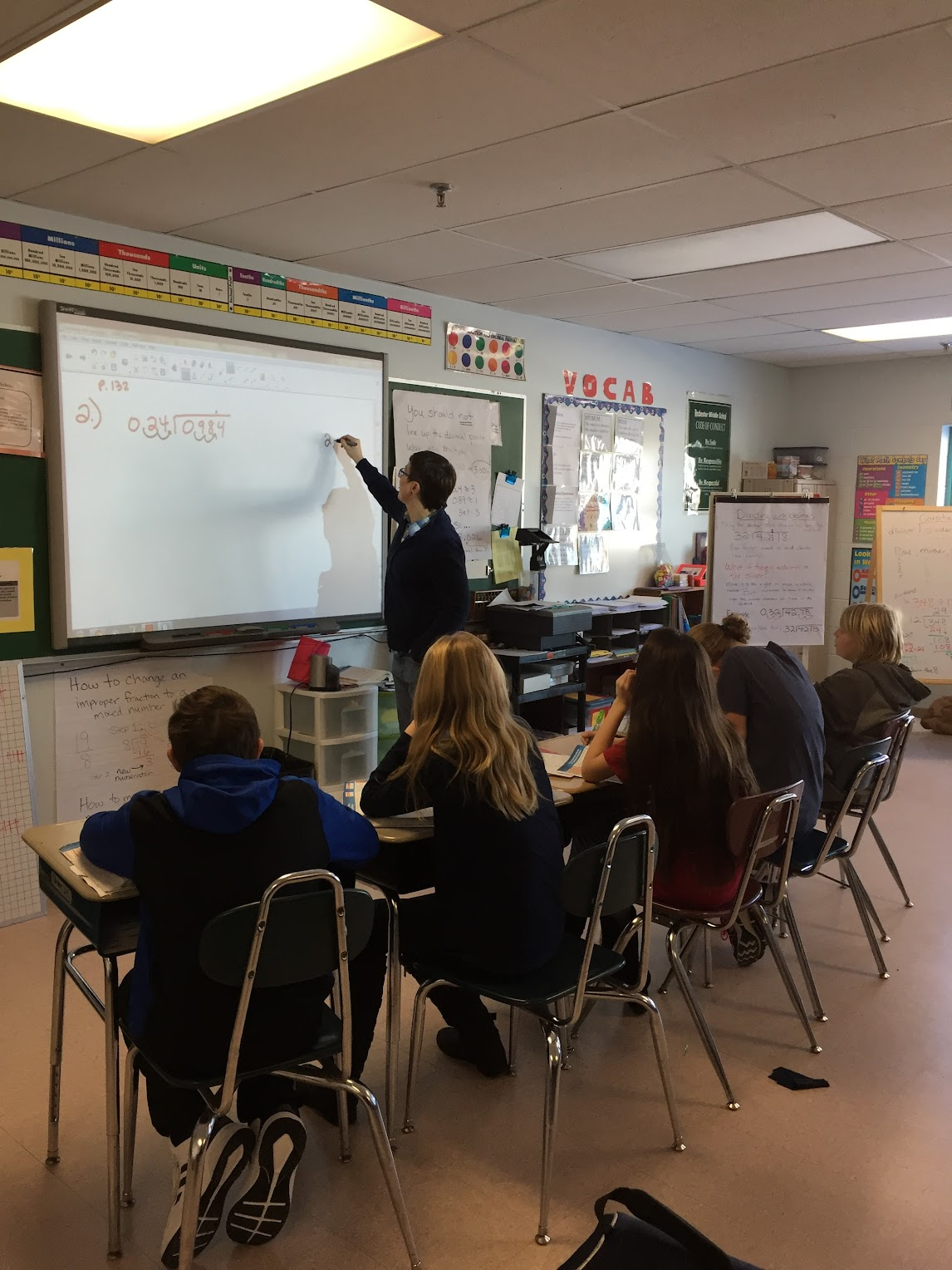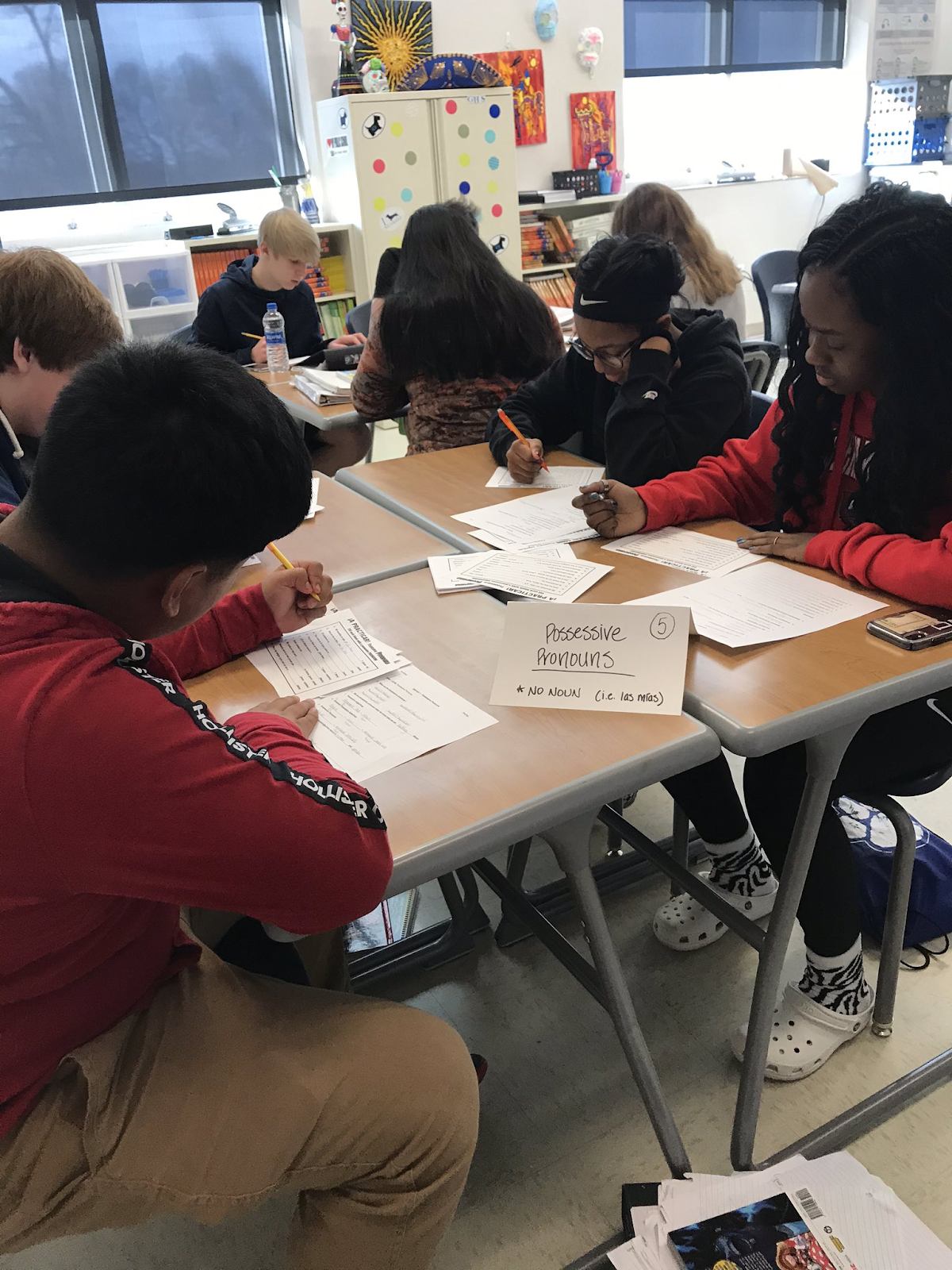Design Station Rotations
Station rotation empowers learners to rotate through different stations or learning activities, each designed to meet their individual needs and learning styles. Ideally, stations include a variety of learning settings: independent, collaborative, and teacher-led (responsive and tailored to the strengths and needs of the group).
Learners can rotate through stations in a specific order and at specific time intervals or the stations can be set up for learners to rotate at their own pace and based on their needs. In order to have success, learners should be familiar with different activities, routines and protocols for each activity, ideally having practiced them before, and will have clear visuals and instructions on how to complete each station and where to go for help. Groups and activities can be made from formative assessment data to support learners to get exactly what they need when they need it.
Bright Spots
Gain inspiration from authentic examples of this strategy shared by teachers who have used them with their learners.
Creating your own Bright Spots? Let’s get them out into the world! Share yours here.



 In
In  Using
Using